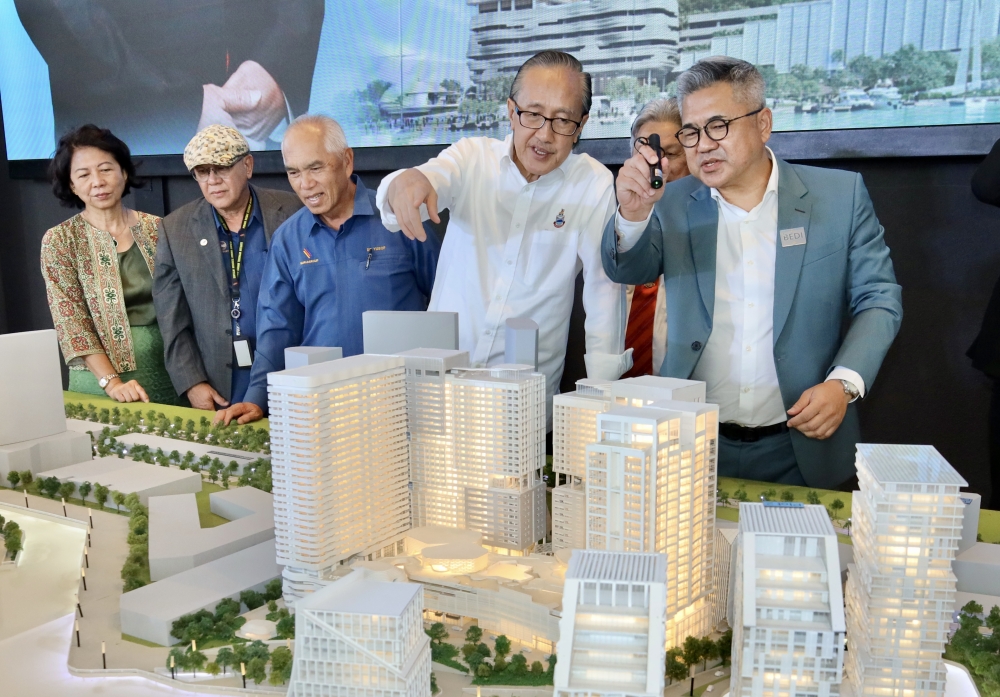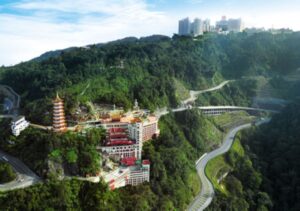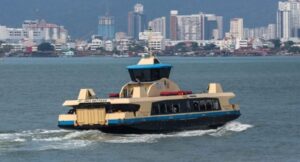KOTA KINABALU, Oct 3 — The RM4.2 billion Jesselton Docklands waterfront development is expected to be a catalyst for Sabah’s economy by creating jobs, attracting investments, stimulating tourism, and generating growth across multiple sectors.
Chief Minister Datuk Seri Hajiji Noor said the 35-acre project, located on prime port-side land near the old Kota Kinabalu Port, will transform the city’s waterfront into a modern, vibrant, and sustainable urban destination.
“It is set to transform the city’s waterfront into a modern, vibrant, and sustainable urban one. The groundbreaking of Jesselton Docklands signifies yet another milestone in the ongoing transformation of Kota Kinabalu’s historic waterfront,” he said during the ceremony today.
The project, developed by Suria Capital in partnership with BEDI Development, will include an international cruise terminal, hotels, residences, cultural precincts, and commercial zones.
Phase One will establish hotels, branded suites, offices, and retail spaces, while the second phase continues with the Jesselton Quay development with SBC Corporation Berhad.
Hajiji said the transformation also involves relocating the main passenger terminal to the South Jetty interim terminal, paving the way for a state-of-the-art ferry terminal to complement the dedicated international cruise terminal.
He added that these enhancements will position Kota Kinabalu on the global map as a premier cruise and ferry gateway.
Sabah Finance Minister Datuk Seri Masidi Manjun said the project is designed to strengthen the state’s tourism industry over the next two to three decades, drawing both property investors and visitors who wish to enjoy public facilities.
He emphasised that the development is based on the principle of “profit with responsibility” to ensure benefits for both buyers and the community.
BEDI development director Ben Kong Chung Vui said that 60 per cent of the project will involve land reclamation while 40 per cent will be built on reused piles and the existing environment.
He added that the plan, designed by Norwegian architecture firm Snohetta, includes reintroducing mangrove gardens into the city as part of its sustainability features.






